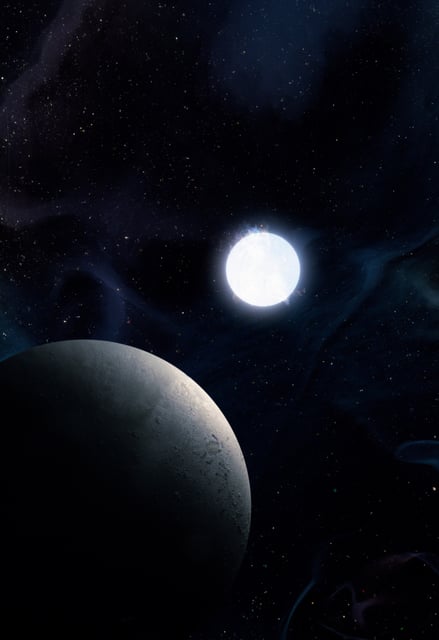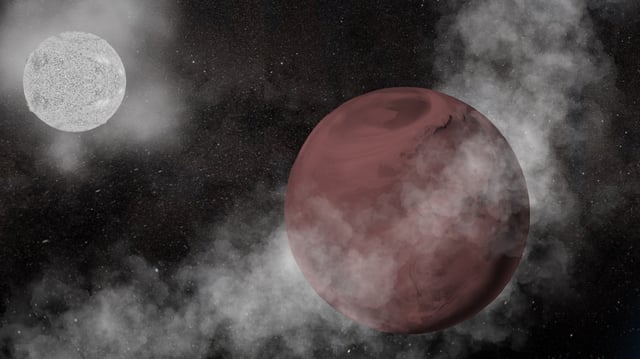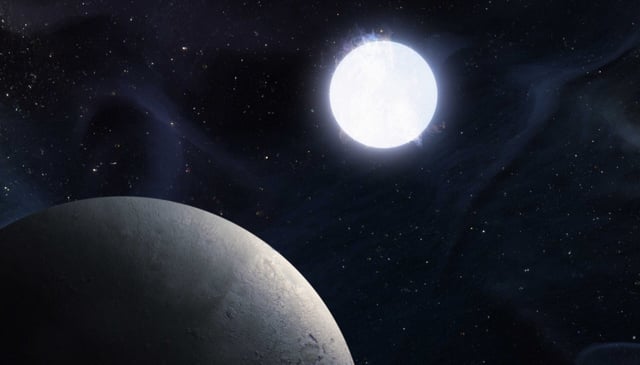Overview
- A planetary system 4,000 light-years away features an Earth-mass planet orbiting a white dwarf star.
- The system, identified through gravitational microlensing, includes a white dwarf, an Earth-sized planet, and a brown dwarf.
- This discovery suggests that Earth-like planets can survive the tumultuous final stages of stellar evolution.
- The findings offer a preview of what might happen to Earth when our Sun exhausts its nuclear fuel and becomes a white dwarf.
- The study highlights the resilience of planets and raises questions about the potential for life in such systems.



